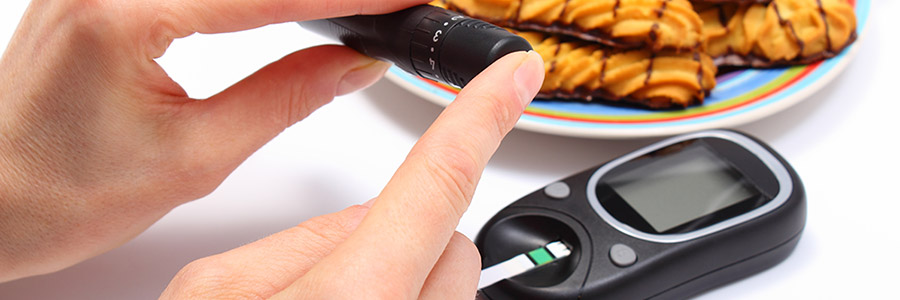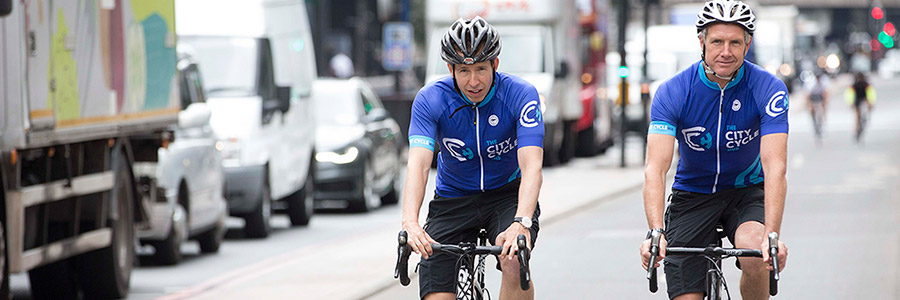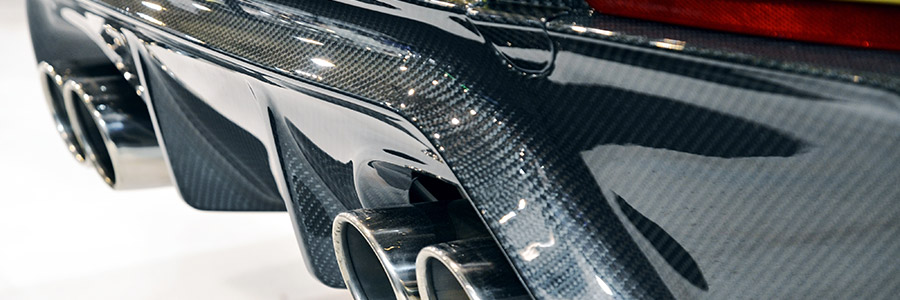You don’t have to go far to find someone with a “brilliant investment opportunity”. Entrepreneurs are everywhere, startups are the new pop-ups and your local pop-up is that brilliant investment opportunity. As a private investor, small company investment can bring great returns while providing significant tax relief that reduces overall risk, but knowing which small company sectors are hot or not is difficult. We’ve rounded up our top hot sectors for 2018 to give you the information you need.

Food and Drink
Pink
What is it: A colour.
Why it’s hot: Often associated with summer, fruit and happiness, pink has seen a revival as gender-associations are thrown aside and the aesthetically and taste-bud pleasing hue becomes mainstream.
Current and anticipated growth: Wine retailer, Majestic, saw a record 110,000 bottles of rosé fly off the shelves in the lead up to Christmas, while pink gin accounts for 6% of Gordon’s sales and Pinkster is turning over £1.1 million. Favoritism for the colour has grown so much that, following a May bank holiday sales increase of 114%, Majestic now warns of a potential Provence rosé drought.
Challenges: Colours fade.
Future: Prospects are good and set to continue for Pantone 219 C, with Starbucks releasing a pink latte, Brewdog releasing a pink IPA and Kitkat releasing a pink four-finger.

Smart Technology
Smart Home Tech
What is it: Alexa, what is smart home technology?
Why it’s hot: Once upon a time, walking into your living room and commanding the lights on was a luxury known only to Bill Gates and parents. Today, smart technology is affordable and mainstream, with predictions that 40% of UK homes will house-share with a smart speaker in 2018.
Current and future growth: Smart home tech isn’t just asking Google what the weather will be like today (rain). Aside from entertainment, 42% of consumers are interested in smart energy and 39% are interested in smart home monitoring and control, and we’re already swayed: over four million have invested in smart devices, making the UK market worth £30 million per year. This is set to increase to £2.5 billion by 2020 and $111 billion globally.
Challenges: Smart technology is costlier than not-so-smart technology, with 48% of consumers thinking the tech is still too expensive.
Future: With smart home tech offering us improved comfort, security, wellbeing and sustainability, it’s difficult to see us asking Alexa to pack her bags any time soon.
Smart City Tech
What is it: The use of technology within cities - self-driving cars, robot delivery services, the future.
Why it’s hot: Set to make life easier, quicker, safer and more sustainable, smart technology is quickly becoming a top priority for major UK cities, which are in a battle to become ‘the first’.
Current and anticipated growth: We are already seeing robot deliveries in Milton Keynes, intelligent street lighting in Glasgow, driverless cars in Bristol and internet-connected bins everywhere else. According to the Consumer Technology Association, the smart city market is expected to reach $34.35 billion by 2020.
Challenges: There’s a lot of technology that we’re not quite sure how to fully utilise yet and there are many legal and liability hurdles to jump first.
Future: This is the future, whether fast or slow, we will be living in smarter cities.

MedTech
Intelligent Fabric
What is it: Fabric that provides additional health benefits or monitoring.
Why it’s hot: As a nation, we’re becoming increasingly health-conscious, with a surge of products being developed to encourage that. Intelligent fabric has the fitness industry excited but also the medical industry, where it could significantly improve health conditions and reduce equipment costs while making treatment more accessible and comfortable.
Current and anticipated growth: These products are in their infancy but we have seen carbon-filter scarves, chilled gym-wear, and eczema-easing clothes. Tractica predicts the smart healthcare clothing market to grow globally from £1.78 million to £8.9 million by 2021.
Challenges: Much of this technology is in its early stage and, being medical, requires stringent testing before release.
Future: The advances in this field are exciting, with some medical professionals predicting intelligent fabrics to replace traditional bedside monitoring equipment and methods.
Diabetes Monitoring
What is it: The monitoring and analysing of blood glucose levels.
Why it’s hot: Diabetes affects almost 3.7 million people in the UK and the traditional finger-prick method of monitoring is painful, inconvenient and sometimes inaccurate. Advances in technology are replacing this outdated method, with invasive alternatives such as implants and non-invasive options such as contact lenses, wearables, radio-wave earlobe devices and spectroscopy fingertip devices.
Current and anticipated growth: Fitbit has already integrated glucose monitoring features into its devices and has recently invested £4.4 million into a company developing coin-sized monitoring patches, and there is a rumour that Apple is also intrigued. The diabetes monitoring market is currently worth £7.9 billion and predicted to grow at a compound annual growth rate of 5.4% to £10.89 billion by 2022.
Challenges: Significant testing and trials are required before these devices become mainstream.
Future: With predictions that 5 million people in the UK could have diabetes by 2025, the requirement for blood glucose monitoring will become increasingly important.

Health and Fitness
Active Commuting Hubs
What is it: Providing the much-needed facilities for replacing your daily commute with exercise (bike store, locker, showers and mirrors).
Why it’s hot: The encouragement to both exercise and decrease your carbon footprint is constant and, with cities pushing traffic off the streets (i.e. Oxford Street), cycling or running to work is fast becoming the quicker, healthier and more sustainable option.
Current and anticipated growth: The City Cycle Hub facility is set to open in London, while council-funded Gear Change has been available in Milton Keynes since 2016 - commuter hubs are increasingly popping up. According to Transport for London, there are over eight million trips per day in London, which could easily be replaced with cycling alone and, with increasing rail fares and petrol costs, we anticipate that these hubs will become a regular city resident.
Challenges: Last year there was a 5% rise in cyclist deaths, putting many off active commuting. However as the number of cyclists increases, it is hoped that driver awareness will improve, making cycling much safer.
Future: Ticking off your daily 30 minutes of exercise, improving your eco-credentials and saving money, all while arriving to work in a presentable manner - we think this is going to be big.

Modern Materials
Carbon Fibre
What is it: Carbon fibre is strong, lightweight, long-lasting, heat-resistant and weather-proof - making the material highly versatile and highly sought after.
Why it’s hot: Historical production was manual, wasteful and environmentally unfriendly, which also made it costly. Technological advancements are changing this, with companies such as Carbon Fibre Performs developing rapid, waste-free and automated mass production methods - decreasing costs and increasing accessibility.
Current and anticipated growth: With these advances, the carbon fibre market is expected to expand three-fold over the next ten years, to $6.36 billion, with increased use in the automotive, construction, marine and transportation industries.
Challenges: Carbon fibre still costs 20 times more than steel and 10 times more than aluminium , when used in car construction. However, mass-production methods should hopefully lower this.
Future: As costs decrease and availability increases, there will be a more commercial use of the material - which we’re already starting to see. McLaren Automotive has announced a new technology centre dedicated to building a carbon-fibre chassis for their sports cars and BMW has already produced its 100,000th i3.
Conclusion
We have only touched upon the hot company sectors for 2018 with other industries, such as virtual and augmented reality, mindfulness and fintechs, expected to achieve high returns. As with all investments, small companies always carry risk and we fully encourage a diversified portfolio.
